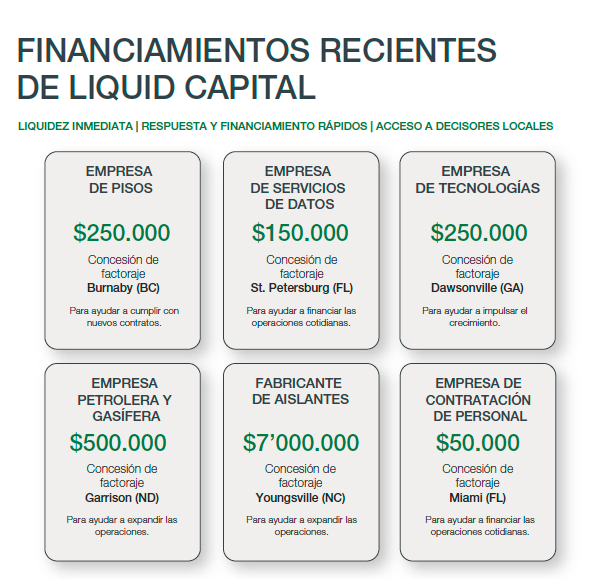Smart ways to set up a more productive home office space
How every professional can create a productive home office space — whether you work primarily from home, at an office downtown or always on-the-go.

Workspaces come in all variations these days. Bustling buildings, cubicles, corner offices, city views, swanky loft spaces (complete with foosball tables), manufacturing plants, and even co-working spaces with a different setting every day. Sure, even home-based businesses are on the rise — but with work that follows us everywhere, many professionals have a dedicated home office space.
So what is the secret to setting up a home office that encourages you to be more productive and successful? Here’s how to design that space to help you get the job done.
1. Get in the zone
First and foremost, if this is a new business and you’ll be using your home as your primary workspace, research the zoning laws to determine if your business can operate in that spot. If not, you might be able to obtain a zoning variance for your business. This could require an application process, which may or may not be approved — so plan early and have a backup.
2. Make room to grow in your home office space

Next, enough actual space to conduct your work is a must. Do some planning as to how much elbow room you need to conduct your affairs. For instance, a remote travel agent might simply require a desk in a quiet corner of the house. On the other hand, if you plan to open a food delivery business, you’ll need space for production, packaging, and perhaps even an area for extra vehicles. Then if you need to expand, does your current property offer sufficient land?
3. Increase your footprint

Your current abode might have enough space to work from home once in a while. But what if you’re scaling up a side business or you need to host teams, store inventory or have co-workers set up desks beside you? You might need to increase your home office footprint, but building costs can quickly add up.
There are ways to minimize those costs, like DIY upgrades and acting as your own general contractor. Even with those efforts, you won’t necessarily save a lot of money — and you will likely invest a great deal of time and energy you would rather put toward your business. Talking through your options with a well-chosen real estate agent can help you decide if there’s a better space more suited to you in the current housing market.
4. Moving on up

In the interest of pinching pennies, don’t rule out a bank-owned property. Redfin explains purchasing a foreclosure requires different strategizing from routine house hunting, and the process can take time start to finish, but if you do your homework it’s a smart way to snag a great deal. And while you might be thinking you don’t have the cash for such a purchase, there are other ways to pay for a foreclosure, such as with a renovation loan or even a conventional mortgage loan.
5. Your home, your way

If you’re one of those lucky folks who already has space without moving, the next step is to redesign and equip it to meet your needs. This might be as simple as swapping a rarely used room, such as a formal dining room or extra bedroom, for your office. Or perhaps you need to revamp a garage or basement to house your new workplace. Make some sketches or hop online to create a layout that will be logical and comfortable for you. By creating visuals and taking measurements, it’ll be easier to decide on equipment purchases for the space.
6. Be Well-Equipped
Whether you already own your space or are moving to accommodate your new venture, investing in the right equipment to make your business function is a must. Whether it’s a new laptop for your office or a more specialized purchase like engine lifts or commercial ovens, think about your workflow and how much space you need for each item to ensure a productive and efficient design.
7. Get insured

Regardless of the type of business you are in, or whether your home-based office is your primary place of work – you’ll want to take a look at insurance options to ensure that you are covered in case of equipment theft or damage, as well as for liability and cybersecurity. Some insurers offer home office coverage as an add-on to standard home insurance.
Focus on growth
Ultimately setting up the right work environment for your business is about being able to focus on productivity and growth.
As you grow and evolve your business, managing cash flow properly will become one of the most important things you can do.
Many small businesses lack working capital for major equipment purchases, especially if a home expansion or move is part of the plan. If funds are tight, keep in mind that leasing or financing your equipment allows it to pay for itself. You might not own it outright right away, but it gives you the opportunity to put it to work for you immediately, better securing your bottom line both immediately and down the road.
Moving forward, as you need increased working capital to fund new opportunities, invoice factoring is a great alternative to a bank loan.
Successful home-based businesses are on the rise, and if you’re ready to jump on that bandwagon, the time is ripe. Ensure you have enough room for now and in the future, design your space to scale, equip it for optimal efficiency and plan for growth.














